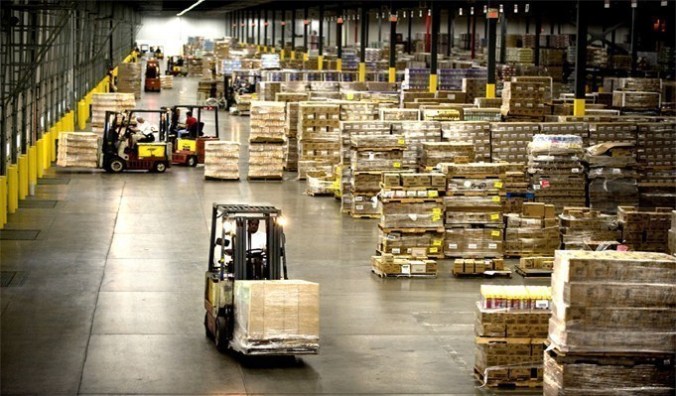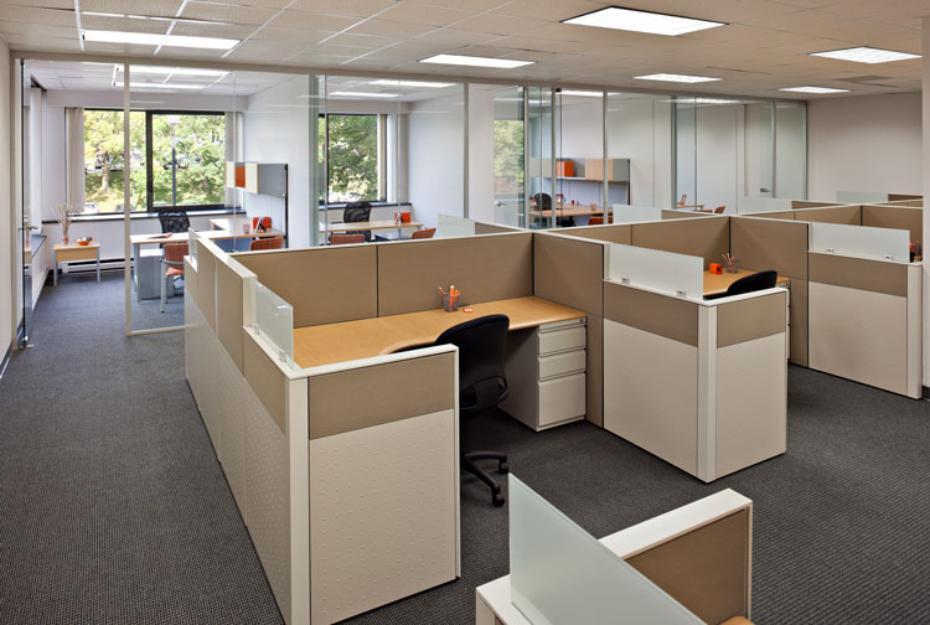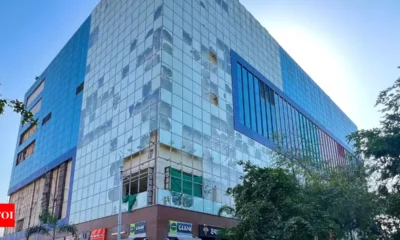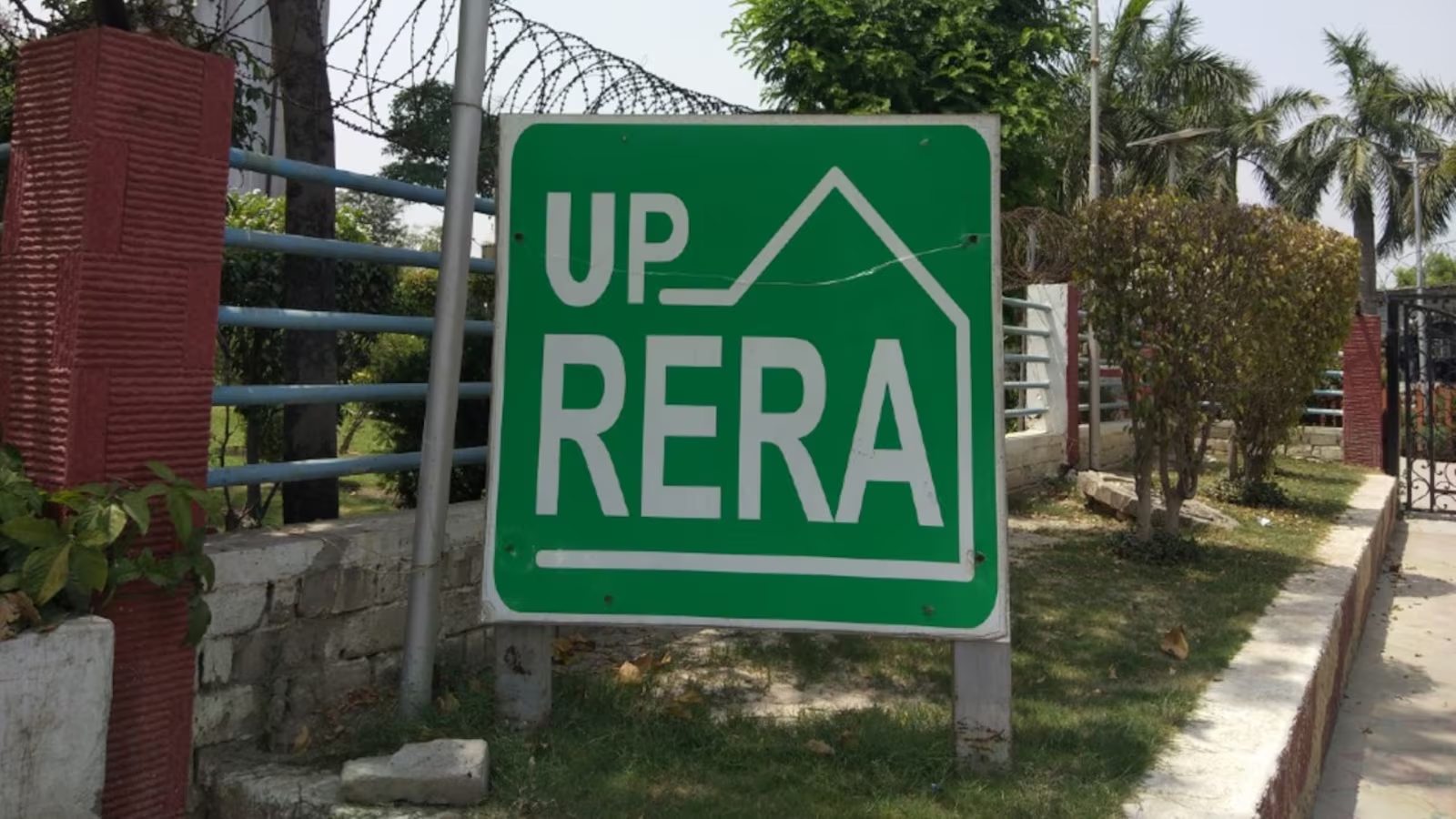Main
Demand for Logistics & Warehousing Outstrips Supply 19 June 2019


‘Demand for Logistics & Warehousing Space Outstrips Supply; to Clock ~ 38 mn sq ft by End of 2019’
- January-March period of 2019 has witnessed 8.4 mn sq ft of absorption
- Structural reforms and implementation of GST have bolstered demand for logistics and warehousing space
- 56% of the total 32 mn sq ft of industrial and logistics leases in 2018 were in Grade A spaces
- Indian logistics and warehousing industry expected to grow to US$ 215 bn by 2020
June 19, 2019: Structural reforms including the awarding of infrastructure status and the implementation of the Goods and Services Act, have bolstered the demand for logistics and warehousing space in the country. As a result, demand has outstripped the supply according to JLL’s latest report, Indian Logistics and Warehousing: Tracing the Lifecycle, released today.
The report said that annual demand of around 32 mn sq ft has outstripped the supply of 31 mn sq ft witnessed for the first time in the last four years. With the January-March period of 2019 has already witnessed 8.4 mn sq ft. of absorption, it is expected to clock approx. 38 mn sq ft by end of 2019. With high demand, lease transactions have remained high so far, it added. Alongside the rise in transactions, the share of Grade A spaces leases have also gone up in the past four years, it said. Of the total 32 mn sq ft of industrial and logistics leases in 2018, 56% were concluded in Grade A spaces.


Sectors such as 3PL/logistics, engineering, auto & ancillary, e-commerce, FMCG, retail and telecom & white goods have remained the biggest demand drivers. As a result of the high demand, the logistics sector is expected to grow to US$ 215 bn by 2020.
Ramesh Nair, CEO & Country Head, JLL India said, “Favourable investment regulations have made the deployment of development funds a lot easier than it used to be in the past. Moreover, the infrastructure status as expected has added strength to the development pace. GST implementation has brought in a uniform tax regime and has removed the challenges relating to logistics supply chain, making it easier for operators in the space to expand across geographies.”
Yogesh Shevade, Head – Industrial Services, JLL India said, “There is huge potential in the logistics and warehousing sector. With high demand for high-quality logistics facilities and increasing market maturity, space is set to grow from this stage. However, the development side continues to witness challenges on account of problems such as land aggregation, tax parity, etc.”
“Hopefully, we will witnessing the easing of these challenges with further reforms,” Shevade added.
The sector, as a result of these developments, has witnessed a regular upward trend in average rents in the past three years. The trend is expected to continue in coming years, the report added.


The liquidity infused by global investors is prompting the market to move towards organized and globally accepted warehousing space — Grade A/globally accepted warehousing space has more than 50% savings on rent per pallet position over Grade B spaces. While in operation, in the future we will see mechanized and automated material handling facilities. These will bring in the much-needed efficiency enhancement leading to as much a reduction of up to 30% in logistics cost. In a well-maintained warehousing facility, technology and planning of maintenance can optimize Common Area Maintenance charges significantly.
-



 News3 weeks ago
News3 weeks agoKW Delhi 6 Mall Onboards New Brands
-



 News4 weeks ago
News4 weeks agoManasum Senior Living Launches IKIGAI GOA, A Senior Living Community in North Goa, in collaboration with Prescon Homes
-



 News2 weeks ago
News2 weeks agoGodrej Properties Sells Rs 3k cr+ Homes of Godrej Zenith, Gurugram, within 3 days
-



 News4 weeks ago
News4 weeks agoBridging India Divide: Top 5 Tier- 2 Cities to Focus On
-



 News3 weeks ago
News3 weeks agoCommercial Realty Gets Tech Savvy: Fast Construction, Enhanced Convenience
-



 News4 weeks ago
News4 weeks agoMultipoint Connection – A Definite Boon
-



 News3 weeks ago
News3 weeks agoRBI’s Status Quo on Key Policy Rates to Help Maintain the Real Estate Growth Momentum, Say Industry Stalwarts
-



 News1 week ago
News1 week agoOlive Announces Dhruv Kalro as Co-Founder





















